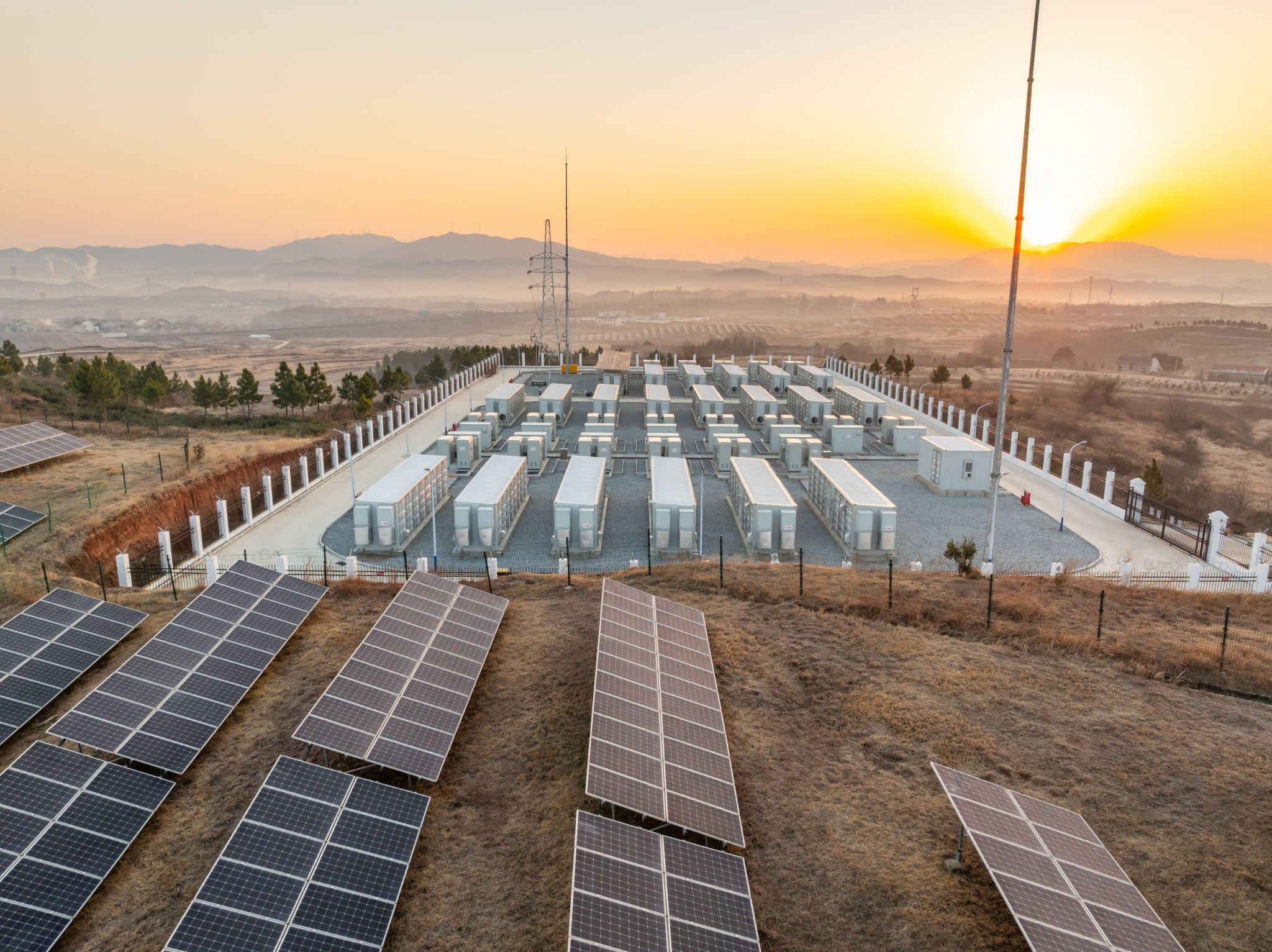Top Electrical Trends in Spain: Innovations and Technologies to Watch
The Rise of Renewable Energy
Spain is experiencing a significant shift in its energy landscape, primarily driven by the increasing adoption of renewable energy sources. With abundant sunlight and favorable wind conditions, the country is focusing on solar and wind power to meet its energy needs. As of 2023, renewable energy accounts for approximately 50% of Spain's total electricity production, with plans to increase this share in the coming years.
Government policies and incentives have played a crucial role in promoting renewable energy projects. The Spanish government aims to achieve carbon neutrality by 2050, and this has led to substantial investments in solar farms and wind turbine installations across the country. This trend not only helps in reducing carbon emissions but also creates job opportunities in the green energy sector.

Smart Grids: The Future of Electricity Distribution
The integration of smart grids is transforming how electricity is distributed and consumed in Spain. Smart grids utilize digital technology to improve the efficiency, reliability, and sustainability of electricity services. They enable real-time monitoring and control of energy flow, allowing for better management of demand and supply.
One of the significant benefits of smart grids is their ability to integrate renewable energy sources more effectively. By using advanced sensors and data analytics, utilities can predict energy demand patterns and optimize the distribution network accordingly. This not only minimizes energy losses but also enhances the overall stability of the power grid.
The Role of Energy Storage Solutions
Energy storage solutions are becoming increasingly important in Spain's electrical landscape. As renewable energy sources such as solar and wind are intermittent, there is a growing need for efficient storage systems to ensure a stable energy supply. Battery storage systems are being deployed across the country to store excess energy generated during peak production times.
These storage solutions are crucial for balancing the grid and providing backup power during periods of high demand or low production. Spain is investing in both large-scale storage facilities and decentralized systems, which can be used by individual households and businesses to enhance their energy independence.

The Impact of Electric Vehicles
The adoption of electric vehicles (EVs) is another trend that is reshaping Spain's electrical infrastructure. The transition towards electric mobility is being driven by both environmental concerns and advancements in battery technology. As more people switch to EVs, there is an increasing demand for charging infrastructure across the country.
To support this shift, Spain is expanding its network of EV charging stations, both in urban areas and along major highways. The government is also offering incentives to promote the purchase of electric vehicles, making them more accessible to the general public. This trend not only contributes to reducing carbon emissions but also stimulates innovation in battery technology and charging solutions.
Home Automation and Energy Efficiency
Home automation technologies are gaining popularity in Spain, allowing homeowners to manage their energy consumption more effectively. Smart home devices, such as thermostats, lighting systems, and appliances, can be controlled remotely, enabling users to optimize their energy use and reduce utility bills.
These technologies contribute to energy efficiency by providing insights into consumption patterns and offering automated solutions to minimize wastage. As energy prices continue to rise, more Spanish households are investing in smart home systems to achieve greater control over their energy usage.

Blockchain in Energy Markets
Blockchain technology is beginning to make waves in Spain's energy sector by introducing transparency and security in electricity transactions. This decentralized ledger technology allows for peer-to-peer energy trading, enabling consumers to buy and sell excess energy directly with one another.
This approach not only empowers consumers but also fosters competition in the energy market, potentially leading to lower prices. Several pilot projects are underway in Spain to explore the potential of blockchain in revolutionizing how electricity is traded and managed.
Conclusion: A Bright Future Ahead
Spain's electrical sector is undergoing a transformative period, driven by technological innovations and a commitment to sustainability. From renewable energy adoption to smart grid implementation, the country is setting an example for others in terms of modernizing its energy infrastructure.
As these trends continue to evolve, Spain stands poised to achieve its climate goals while fostering economic growth and technological advancement. The future of electricity in Spain looks bright, with innovations paving the way for a more efficient and sustainable energy landscape.
